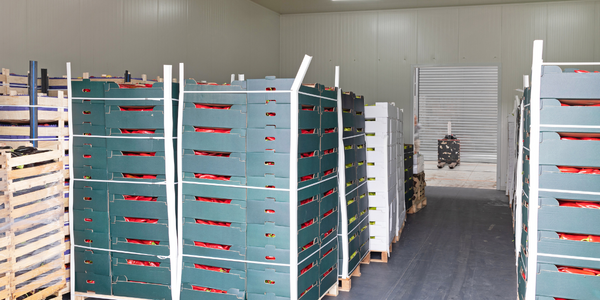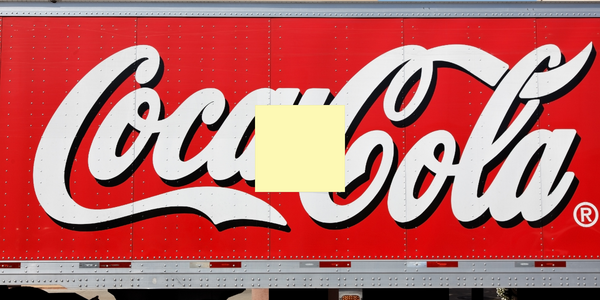Applicable Industries
- Food & Beverage
Applicable Functions
- Sales & Marketing
About The Customer
The customer in this case study is Ella's Kitchen, a brand known for its organic baby food products. The brand has a strong British heritage and is recognized for its commitment to providing healthy, organic food options for babies. Ella's Kitchen aims to make mealtime fun and enjoyable for both parents and babies, promoting a positive relationship with food from a young age. The brand faced the challenge of launching its products in the Netherlands, a market where parents value the process of helping their children discover the joy of eating and are not interested in ready-made meal replacements.
The Challenge
Ella's Kitchen, a brand with a strong British heritage, faced the challenge of launching its organic baby food products in the Netherlands. The brand needed to adapt its strategy to fit the Dutch market, where parents are not interested in ready-made meal replacements. Instead, Dutch parents enjoy the process of helping their children discover the joy of eating. The challenge was to position Ella's Kitchen not as a substitute for mealtime, but as an extension of the mealtime experience. The goal was to help parents encourage their babies to develop a good relationship with food, using all their senses and becoming little foodies in the process.
The Solution
Ella's Kitchen developed the Kleine Foodies Club, the first major Dutch campaign, to position the brand as an extension to the mealtime experience. The campaign introduced 'Little Foodie' personas, each embodying different aspects of a healthy relationship with food. These personas were brought to life through online films, print, and social media executions. The campaign was initially launched in the Netherlands but has since evolved into a global campaign being rolled out around the world. The strategy was to use engaging content and social media to connect with Dutch parents and promote the brand's organic baby food products as a way to enhance the mealtime experience and encourage healthy eating habits in babies.
Operational Impact

Case Study missing?
Start adding your own!
Register with your work email and create a new case study profile for your business.
Related Case Studies.

Case Study
The Kellogg Company
Kellogg keeps a close eye on its trade spend, analyzing large volumes of data and running complex simulations to predict which promotional activities will be the most effective. Kellogg needed to decrease the trade spend but its traditional relational database on premises could not keep up with the pace of demand.

Case Study
HEINEKEN Uses the Cloud to Reach 10.5 Million Consumers
For 2012 campaign, the Bond promotion, it planned to launch the campaign at the same time everywhere on the planet. That created unprecedented challenges for HEINEKEN—nowhere more so than in its technology operation. The primary digital content for the campaign was a 100-megabyte movie that had to play flawlessly for millions of viewers worldwide. After all, Bond never fails. No one was going to tolerate a technology failure that might bruise his brand.Previously, HEINEKEN had supported digital media at its outsourced datacenter. But that datacenter lacked the computing resources HEINEKEN needed, and building them—especially to support peak traffic that would total millions of simultaneous hits—would have been both time-consuming and expensive. Nor would it have provided the geographic reach that HEINEKEN needed to minimize latency worldwide.

Case Study
Energy Management System at Sugar Industry
The company wanted to use the information from the system to claim under the renewable energy certificate scheme. The benefit to the company under the renewable energy certificates is Rs 75 million a year. To enable the above, an end-to-end solution for load monitoring, consumption monitoring, online data monitoring, automatic meter data acquisition which can be exported to SAP and other applications is required.

Case Study
Coca Cola Swaziland Conco Case Study
Coco Cola Swaziland, South Africa would like to find a solution that would enable the following results: - Reduce energy consumption by 20% in one year. - Formulate a series of strategic initiatives that would enlist the commitment of corporate management and create employee awareness while helping meet departmental targets and investing in tools that assist with energy management. - Formulate a series of tactical initiatives that would optimize energy usage on the shop floor. These would include charging forklifts and running cold rooms only during off-peak periods, running the dust extractors only during working hours and basing lights and air-conditioning on someone’s presence. - Increase visibility into the factory and other processes. - Enable limited, non-intrusive control functions for certain processes.

Case Study
Temperature Monitoring for Restaurant Food Storage
When it came to implementing a solution, Mr. Nesbitt had an idea of what functionality that he wanted. Although not mandated by Health Canada, Mr. Nesbitt wanted to ensure quality control issues met the highest possible standards as part of his commitment to top-of-class food services. This wish list included an easy-to use temperature-monitoring system that could provide a visible display of the temperatures of all of his refrigerators and freezers, including historical information so that he could review the performance of his equipment. It also had to provide alert notification (but email alerts and SMS text message alerts) to alert key staff in the event that a cooling system was exceeding pre-set warning limits.

Case Study
Coca-Cola Refreshments, U.S.
Coca-Cola Refreshments owns and manages Coca-Cola branded refrigerators in retail establishments. Legacy systems were used to locate equipment information by logging onto multiple servers which took up to 8 hours to update information on 30-40 units. The company had no overall visibility into equipment status or maintenance history.







